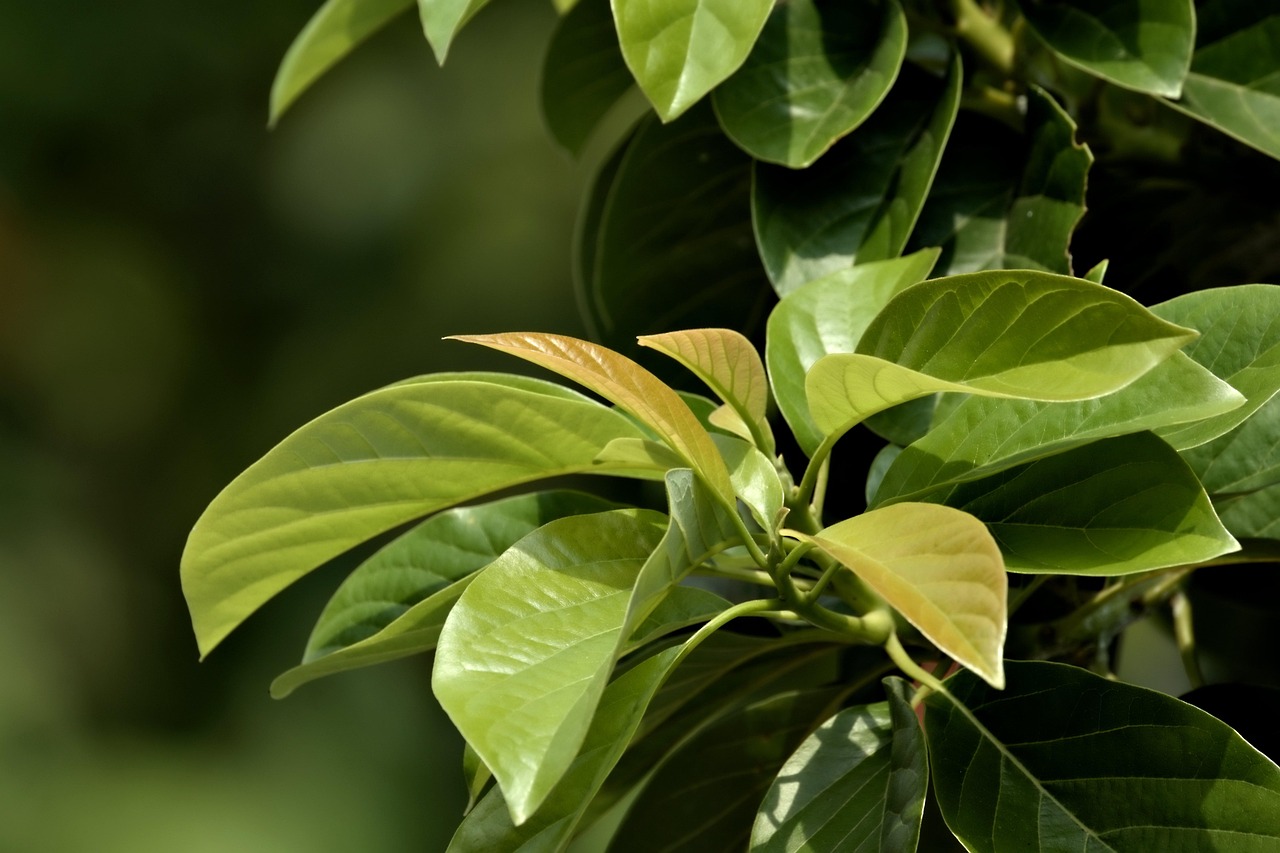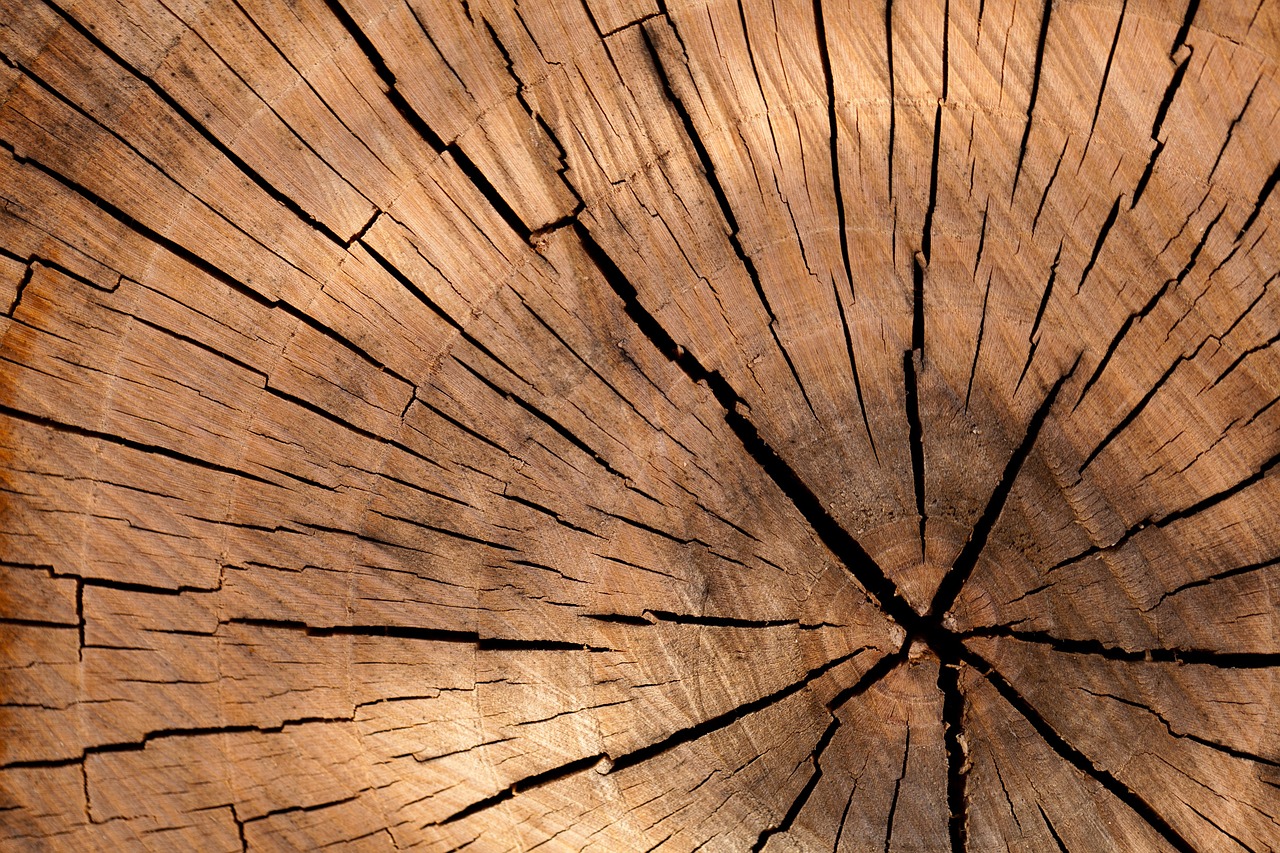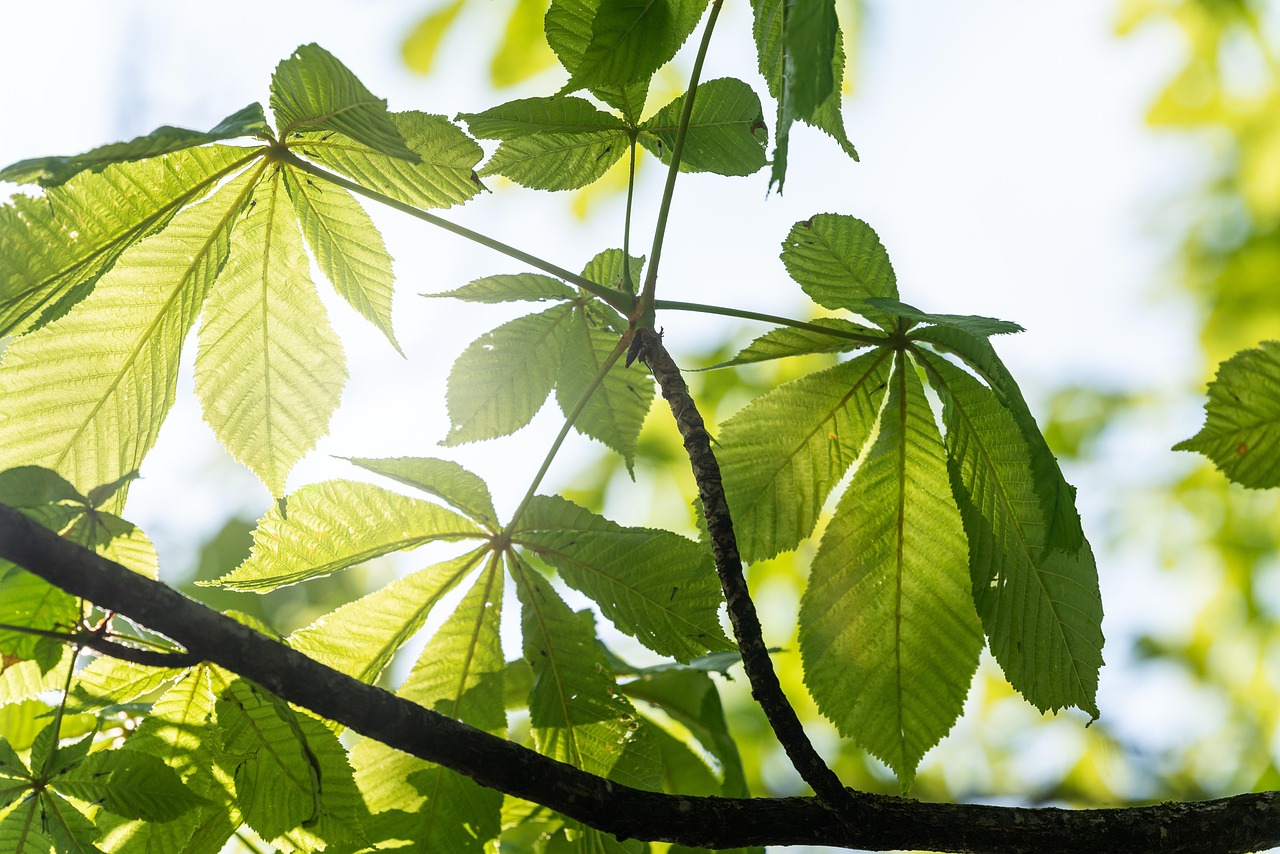The growth rate of trees varies significantly by species, with some trees growing over 3 feet per year while others may only grow a few inches. Factors such as climate, soil conditions, and tree age also influence these rates.
Understanding tree growth rates is essential for various reasons. Whether you are a homeowner planning a landscape, a farmer managing an orchard, or an environmentalist seeking to restore forests, knowing how fast different tree species grow helps in making informed decisions. Growth rates can determine the best species to plant in a specific area, the time frame for achieving desired heights, and the overall health and sustainability of the ecosystem.

Tree growth is typically measured in height or diameter increase per year. Different species exhibit distinct growth patterns influenced by their genetic makeup and environmental factors. For instance, fast-growing species like the Lombardy Poplar can reach significant heights quickly, while slower-growing trees like the Oak may take decades to reach full maturity.
Factors Affecting Tree Growth Rates
Several key factors influence how quickly trees grow:
- Species: Each tree species has its unique growth characteristics. Fast-growing species can double their height within a few years, while others grow much more slowly.
- Climate: Temperature and precipitation levels affect growth. Trees in warmer, wetter climates often grow faster than those in colder, drier areas.
- Soil Quality: Nutrient-rich soil supports healthier growth. Soil pH, texture, and moisture content play significant roles in tree development.
- Age: Younger trees typically grow faster than older trees. As trees mature, their growth rate usually slows down.
- Competition: Trees competing for sunlight, water, and nutrients may have reduced growth rates compared to those in less crowded conditions.
To illustrate the differences in growth rates among various tree species, the following table compares several popular species with their average annual growth rates:

| Tree Species | Average Growth Rate (Feet per Year) | Ideal Growing Conditions |
|---|---|---|
| Lombardy Poplar | 3 to 5 feet | Moist, well-drained soil; full sun |
| Red Maple | 2 to 3 feet | Moist, acidic soil; partial shade to full sun |
| White Oak | 1 to 2 feet | Well-drained soil; full sun |
| Ponderosa Pine | 1 to 2 feet | Sandy or loamy soil; full sun |
| Sugar Maple | 1 to 2 feet | Moist, well-drained soil; partial shade to full sun |
This comparison highlights how varying species can dramatically alter the landscape in terms of height and biomass over time. Fast-growing trees like the Lombardy Poplar are often favored for quick shade or privacy screens, while slower-growing trees like the White Oak are valued for their longevity and ecological benefits.
The choice of tree species should align with the specific goals of planting. For instance, if one seeks immediate shade or windbreaks, selecting faster-growing varieties is advisable. Conversely, if the goal is to establish a long-lasting ecosystem that supports wildlife and improves soil quality, slower-growing trees may be more appropriate.
In summary, recognizing the average growth rates of trees based on species helps individuals make better choices for landscaping and forestry projects. Each tree plays a vital role in its environment, contributing to biodiversity, carbon sequestration, and aesthetics.

Understanding Fast-Growing Tree Species
Fast-growing tree species are often chosen for their ability to quickly provide shade, privacy, or even timber. These trees typically thrive in a variety of environments and are appealing for their rapid maturation. Here, we will explore some of the most well-known fast-growing species, their characteristics, and ideal planting conditions.
Popular Fast-Growing Tree Species
Below is a list of some popular fast-growing tree species along with their average growth rates and optimal conditions:
| Tree Species | Average Growth Rate (Feet per Year) | Ideal Conditions |
|---|---|---|
| Lombardy Poplar | 3 to 5 feet | Well-drained soil; full sun |
| Silver Maple | 2 to 3 feet | Moist, rich soils; full sun to partial shade |
| Hybrid Willow | 3 to 4 feet | Wet soils; full sun |
| Bald Cypress | 1.5 to 2 feet | Wet areas; full sun |
| Quaking Aspen | 1.5 to 3 feet | Well-drained soil; full sun or partial shade |
Fast-growing species like the Lombardy Poplar and Hybrid Willow are often utilized in urban settings for their quick establishment. However, care must be taken with these species as they can become invasive in certain areas.
The Benefits of Fast Growth
The advantages of planting fast-growing trees include:

- Quick Shade: Fast-growing trees provide shade much sooner than slower alternatives, making them ideal for residential areas.
- Rapid Carbon Sequestration: These trees absorb carbon dioxide quickly, contributing positively to the environment.
- Erosion Control: Their extensive root systems help stabilize soil, reducing erosion in vulnerable areas.
- Aesthetic Appeal: Fast growth allows for quicker landscaping results, enhancing the visual appeal of properties.
Considerations for Planting Fast-Growing Trees
While fast-growing trees offer many benefits, there are several important considerations to keep in mind:
- Longevity: Many fast-growing species have shorter lifespans compared to slower-growing ones. It is essential to consider whether a tree’s lifespan meets your long-term goals.
- Pest and Disease Susceptibility: Some fast-growing trees may be more prone to pests and diseases, requiring more maintenance and care.
- Invasive Potential: Certain fast-growing species can become invasive outside their native range, potentially threatening local ecosystems.
- Space Requirements: These trees often grow large quickly, so adequate space should be provided to prevent overcrowding.
Exploring Slow-Growing Tree Species
In contrast to fast-growing trees, slow-growing species may take decades to reach maturity. However, they often provide numerous ecological benefits and can live for hundreds of years. Understanding these slow-growing species is crucial for those interested in long-term ecological sustainability.
Characteristics of Slow-Growing Trees
Slow-growing trees typically exhibit the following characteristics:
- Long Lifespan: Many slow-growing species can live for centuries, providing lasting ecological benefits.
- Dense Wood: The wood of slow-growing trees is often denser and more durable, making it valuable for construction and furniture.
- Biodiversity Support: These trees often support a wider range of wildlife due to their complex ecosystem interactions.
Examples of Slow-Growing Tree Species
The following table lists several notable slow-growing tree species along with their average growth rates and suitable conditions:
| Tree Species | Average Growth Rate (Feet per Year) | Ideal Conditions |
|---|---|---|
| White Oak | 1 to 2 feet | Well-drained soil; full sun |
| Pecan Tree | 1 to 2 feet | Poorly drained soils; full sun |
| Sugar Maple | 1 to 2 feet | Moist, well-drained soil; partial shade to full sun |
| Cedar Tree | 1 foot | Drought-resistant soil; full sun |
| Bald Cypress (Mature) | Less than 1 foot | Saturated areas; full sun |
This information showcases how slow-growing trees contribute to the landscape over time. While they may not provide immediate benefits, their long-term advantages are invaluable for ecological health and restoration efforts.
Tree Growth Rates and Their Environmental Impact
Understanding tree growth rates is not just about selecting the right species for landscaping or timber production. It’s also crucial for recognizing how these trees impact the environment. Trees play a significant role in carbon sequestration, biodiversity support, and soil health. This section explores the ecological benefits of both fast-growing and slow-growing tree species.
Carbon Sequestration
Trees are vital in combating climate change through the process of carbon sequestration. They absorb carbon dioxide from the atmosphere and store it in their biomass. The rate at which trees grow directly affects how much carbon they can sequester. Fast-growing trees tend to capture more carbon quickly, but slow-growing trees store it for longer periods. Here are some key points regarding carbon sequestration:
- Fast-Growing Trees: These trees can absorb significant amounts of CO2 within their early years. For example, a healthy Lombardy Poplar can sequester several tons of carbon in just a few years.
- Slow-Growing Trees: Although they grow slowly, their longevity means they store carbon over many decades or even centuries. An ancient oak tree can hold vast amounts of carbon accumulated over its lifetime.
- Forest Ecosystems: Diverse forests comprised of both fast and slow-growing species maximize carbon storage potential by creating layers of vegetation.
Biodiversity Support
Tree species contribute to rich ecosystems by providing habitats for various wildlife. The growth rate of trees influences the structure and diversity of these habitats:
- Fast-Growing Species: These trees often attract numerous insects and birds during their rapid growth phases. Their foliage provides quick cover and food sources, fostering a vibrant ecosystem.
- Slow-Growing Species: As these trees mature, they develop complex structures that can support diverse wildlife populations. Their deep-root systems also contribute to soil health.
- Mixed Plantings: Creating forests with a mix of fast and slow-growing species encourages biodiversity, as different species fulfill various ecological roles.
The Role of Soil in Tree Growth
Soil quality and composition are critical factors influencing tree growth rates. The right soil conditions can significantly enhance a tree’s ability to thrive. Various components of soil contribute to tree health:
- Nutrient Availability: Essential nutrients like nitrogen, phosphorus, and potassium support healthy growth. Soil testing can determine nutrient levels and indicate necessary amendments.
- Soil pH: Different tree species prefer specific pH levels. For example, sugar maples thrive in slightly acidic soils, while oaks prefer neutral to slightly acidic conditions.
- Soil Texture: Sandy soils drain quickly but may lack nutrients, while clay soils retain moisture but can become compacted. The ideal soil typically balances drainage and nutrient retention.
Improving Soil Quality for Optimal Growth
Enhancing soil quality can lead to improved growth rates for both fast and slow-growing trees. Here are some strategies for improving soil health:
- Add Organic Matter: Incorporating compost or well-rotted manure enriches the soil with nutrients and improves moisture retention.
- Aeration: Aerating compacted soils allows roots to penetrate more easily, encouraging healthier growth.
- Mulching: Applying mulch around the base of trees helps retain moisture, suppress weeds, and add nutrients as it decomposes.
The Economic Value of Tree Growth Rates
The growth rates of trees also have significant economic implications. Different species can provide various benefits that extend beyond aesthetics:
- Lumber Production: Fast-growing species like hybrid willows are often used for timber due to their quick harvest cycles, while slow-growing hardwoods like oak are prized for high-quality furniture.
- Landscaping Value: Homeowners may choose fast-growing trees for immediate shade or privacy, potentially increasing property values.
- Environmental Services: Trees offer services that can be economically quantified, such as air purification, stormwater management, and energy savings from reduced cooling costs.
The choice between fast-growing and slow-growing tree species should consider both environmental and economic factors. By understanding these dynamics, landowners and forestry professionals can make informed decisions that promote sustainable practices while maximizing benefits.
Future Considerations in Tree Growth and Management
As climate change continues to impact ecosystems worldwide, understanding tree growth rates and species is more critical than ever. Forests play a vital role in carbon sequestration, biodiversity preservation, and soil health. Thus, future forestry practices should prioritize sustainable management that incorporates both fast-growing and slow-growing species. Here are some considerations for future tree planting and care:
Adapting to Climate Change
Climate change is likely to alter the growth patterns of many tree species. Some key adaptations that can be employed are:
- Species Selection: Choosing tree species that are resilient to changing climate conditions—such as drought-resistant varieties—can ensure better survival rates.
- Site Preparation: Tailoring soil amendment techniques to improve moisture retention and nutrient availability can help trees thrive in changing conditions.
- Monitoring Growth Rates: Regular assessments of growth rates in response to climate changes can provide valuable data for future planting strategies.
Community Involvement and Education
Engaging communities in tree planting efforts can enhance awareness of environmental issues. Educational programs can inform the public about the importance of tree growth rates and the benefits of different species:
- Workshops: Hosting workshops on tree care, selection, and planting can empower community members to make informed decisions.
- Volunteer Programs: Encouraging local volunteers to participate in tree planting initiatives fosters a sense of ownership and responsibility.
- Partnerships: Collaborating with schools, environmental organizations, and government agencies can amplify efforts to promote sustainable forestry practices.
Final Thoughts
Tree growth rates vary significantly across species, with each category offering unique benefits and challenges. Fast-growing trees provide immediate returns in terms of shade, aesthetic appeal, and carbon sequestration. In contrast, slow-growing trees contribute to long-term ecological stability, biodiversity, and high-quality timber production.
Understanding these differences allows landowners, urban planners, and environmentalists to make informed decisions that align with their goals. Whether for landscaping, timber production, or ecological restoration, selecting the right tree species is crucial for achieving desired outcomes. Additionally, as we face the pressing challenges of climate change, adopting sustainable practices will be essential for preserving the health of our forests and the environment.
In conclusion, the comparison of tree growth rates by species serves as a valuable tool for fostering sustainable practices in forestry and landscaping. By considering growth rates alongside environmental and economic factors, individuals and communities can contribute positively to their ecosystems while enjoying the many benefits trees provide. As we move forward, continued education and community involvement will play vital roles in ensuring that both fast-growing and slow-growing trees are planted and nurtured for generations to come.
